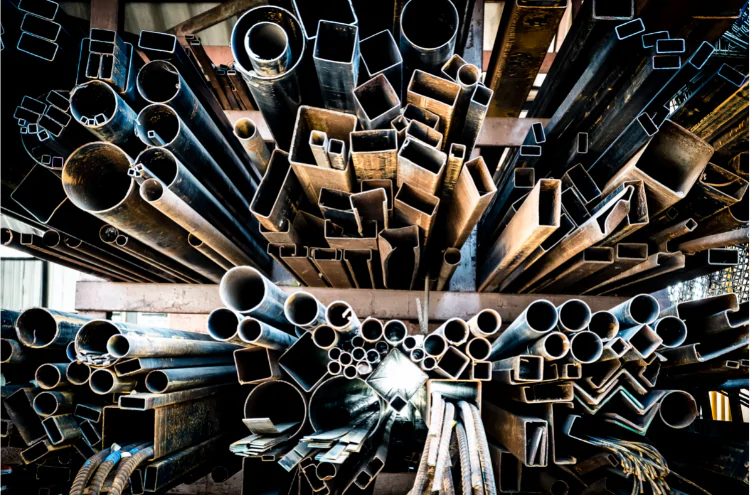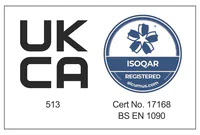The benefits of steel construction are well known – it’s strong, recyclable and partial offsite fabrication can make onsite construction fast and efficient.
However, there are different types and grades of steel used in construction, from the different shapes of steel beams and columns, to the way the metal is manufactured and treated.
With that in mind, let’s take a look at some of the most common types of steel used in construction, and exactly what their various properties mean.
Carbon Steel
Carbon steel is manufactured by combining iron with carbon. In general, the more carbon is used, the stronger but more brittle the finished steel will be.
Examples include wrought iron, which is low-carbon and usually used for decorative but functional applications like gates and fences.
In comparison, cast iron is high-carbon and quite brittle, but is also very strong, so has a range of industrial uses.
Structural steel is medium-carbon, giving it a good balance of strength and durability, and so is usually found somewhere between the two examples above.
Steel alloy and galvanised steel
Carbon steel can be combined with one or more other elements to create a steel alloy, with its own chemical and physical properties.
An example of this is stainless steel, which contains chromium and is highly resistant to staining and corrosion – this of course is popular for all kinds of kitchenware, right down to the kitchen sink!
Galvanising steel with zinc can also help to protect it against corrosion. The zinc acts as a physical barrier against contact with corrosive elements and, even if the zinc layer is scratched, the remainder still provides effective protection for the steel underneath.
Shapes of steel used in construction
There are many different shapes of steel used in construction, including the classic ‘girder’ shape of an I-beam, H-beam or RSJ.
Steel reinforcing bar, or rebar, has a variety of uses, primarily to reinforce concrete so that it can carry a heavier load. Multiple steel rods or an interlocking mesh of steel is normally used for even greater strength.
Flat or sheet steel can be used to construct cabinets and containers, to create strong solid floors over all kinds of surfaces, and may be bent, bolted or welded together as appropriate.
Finally, steel pipes offer the strength of using a 3D steel section rather than a flat sheet, and may be used to carry fluids, while steel channels can also carry liquids or act as retaining structures for prefabricated walls to slot into.
Ultimately, the type of steel you need will depend on the desired outcome and the physical load you need to carry – please contact us if you would like to know more about our stock.


